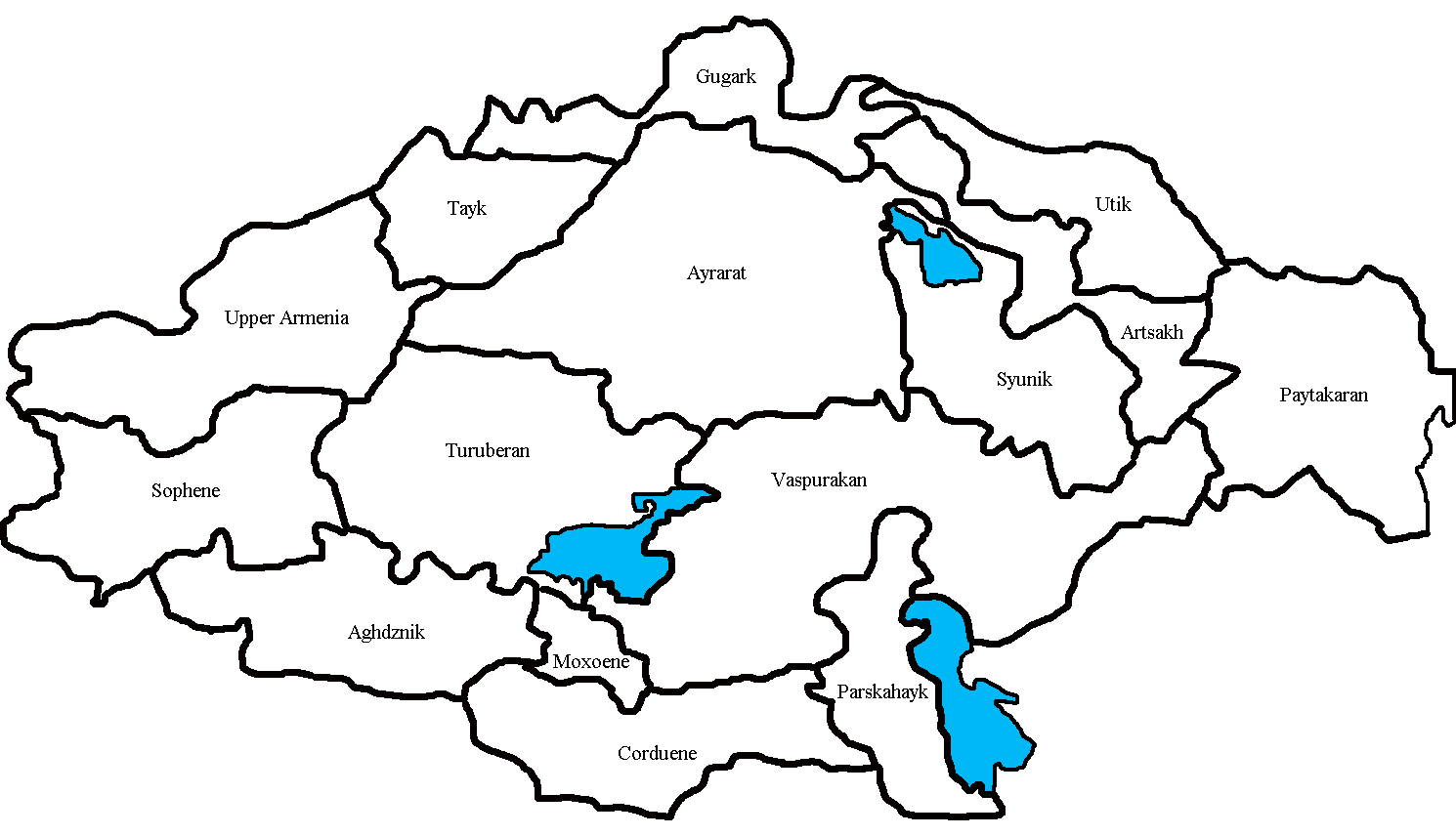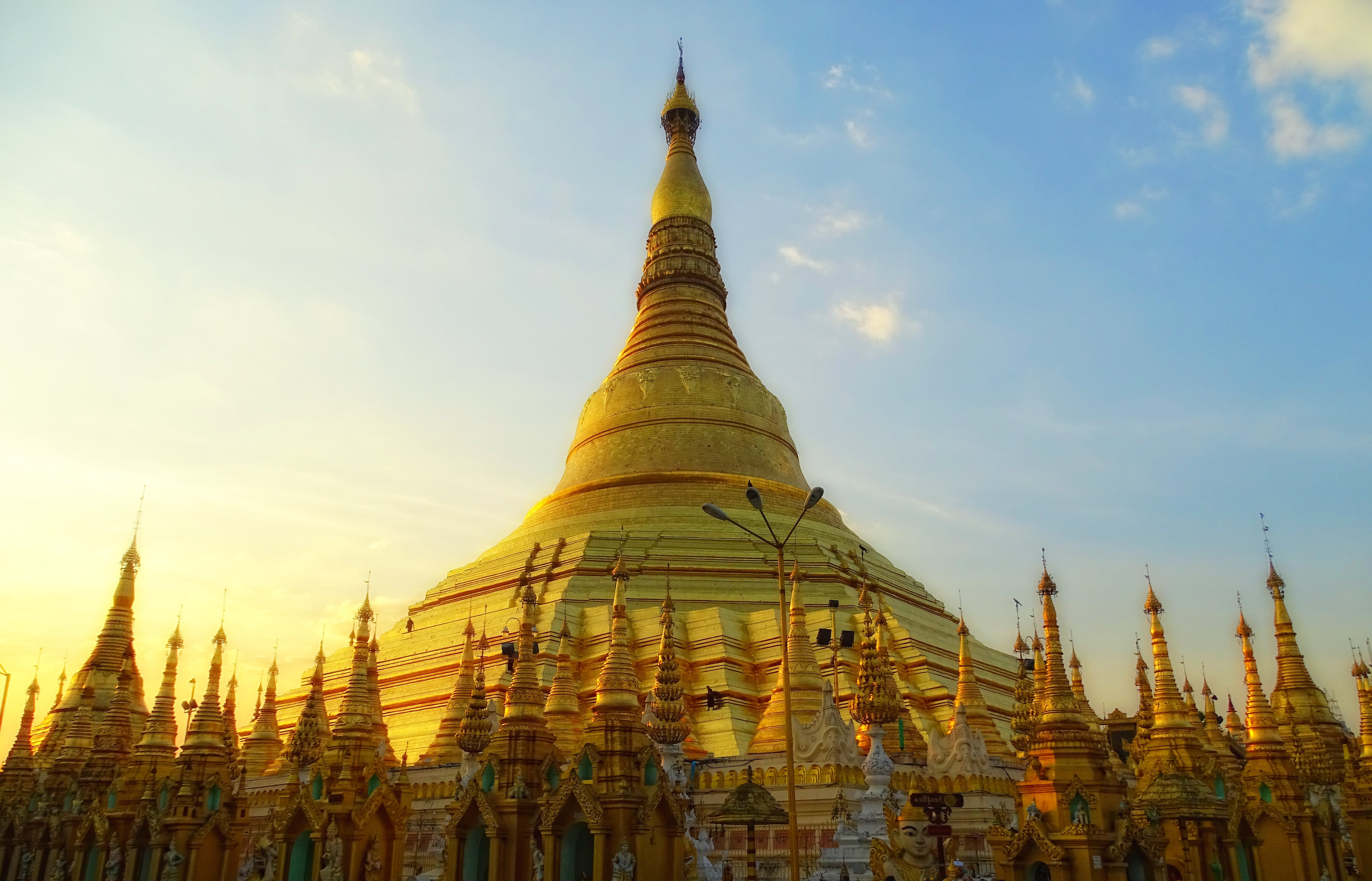|
Chan Mah Phee
Chan Mah Phee (; born in Amoy, China) was a Hoklo Chinese businessman, land-owner, investor and philanthropist who founded numerous successful ventures in Rangoon (now Yangon), Burma in 1800s and 1900s. Early life Chan was born in Amoy, Fujian, China in the nineteenth century to his father Chan Ee Shin. In 1870, Chan migrated to Singapore before ultimately moving to Rangoon in 1872. Rangoon Chan Mah Phee founded his most successful business Taik Leong Co. in Rangoon in 1883. The company dealt primarily in oil, rice and tobacco. Chan Mah Phee was also a director of The Chinese Steamship Co., Limited. Chan was the largest Chinese land owner and most important Chinese rice-dealer in Burma. In a Rangoon where communities remained voluntarily segregated down ethnic lines, he managed to be a prominent figure in Rangoon with many connections which extended far beyond the municipality's Chinese community. Philanthropic work Chan Mah Phee and Daw Aye Mya built a Tazaung at the ... [...More Info...] [...Related Items...] OR: [Wikipedia] [Google] [Baidu] |
Zeng
Zeng (, ) is a Chinese family name. In Cantonese, it is Tsang; In Wade-Giles, such as those in Taiwan, Tseng or Tzeng; in Malaysia and Singapore, Chen or Cheng; in the Philippines, Chan; in Indonesia, Tjan; in Vietnam, Tăng. The surname Zeng is the 32nd most common surname in Mainland China as of 2019. It is the 16th most common surname in Taiwan. It meant "high" or "add" in ancient Chinese.The Oxford Dictionary of Family Names in Britain and Ireland Zeng is also a German family name with another origin. Zeng was listed 385th on the ''Hundred Family Surnames''. Origin The surname originates from () an ancient state located in present-day Cangshan County (now Lanling County) in Shandong province, which was granted to Qu Lie, son of the emperor Shao Kang in the Xia dynasty. The state was annexed by Ju (located mainly in present-day Shandong province) in 567 BC. The crown prince of the state, Wu, fled to Lu. He later dropped the radical in the character and adopted 曾 as his su ... [...More Info...] [...Related Items...] OR: [Wikipedia] [Google] [Baidu] |
Taik Leong
Tayk ( hy, Տայք, Taykʿ) was a historical province of the Kingdom of Armenia, one of its 15 (worlds). Tayk consisted of 8 cantons: * Kogh * Berdats por * Partizats por * Tchakatk * Bokha * Vokaghe * Azordats por * Arsiats por There was a proto-Armenian confederation, Hayasa-Azzi, in this area in the 2nd millennium BC. It was probably the same as (and with a name likely related etymologically to) the Daiaeni and Diauehi of Assyrian and Urartian sources. From the 2nd century BC to the 9th century AD Tayk was a part of Armenian kingdoms or "autonomies": Greater Armenia, Marzpan Armenia and Bagratid Armenia. According to Strabo, the area around Tayk was originally Iberian, but during the time of Artaxias I it was conquered by Armenia. In the 999 A.D., Tayk or Tao became part of the Georgian Bagratid principality of Tayk-Kharjk or Tao-Klarjeti. The Tayk province covered the contemporary Turkish districts of Yusufeli (Kiskim) in Artvin Province and Oltu, ... [...More Info...] [...Related Items...] OR: [Wikipedia] [Google] [Baidu] |
Burmese People Of Chinese Descent
Burmese may refer to: * Something of, from, or related to Myanmar, a country in Southeast Asia * Burmese people * Burmese language * Burmese alphabet * Burmese cuisine * Burmese culture Animals * Burmese cat * Burmese chicken * Burmese (horse), a horse given to Queen Elizabeth II * Burmese pony, a breed of horse * Burmese python See also * * :Burmese people * Bamar people The Bamar (, ; also known as the Burmans) are a Sino-Tibetan languages, Sino-Tibetan ethnic group native to Myanmar (formerly Burma) in Southeast Asia. With approximately 35 million people, the Bamar make up the largest ethnic group in Myanmar ..., the majority ethnic group in Myanmar * Burmese English, the dialect of English spoken in Myanmar/Burma * Bernese (other) {{disambig Language and nationality disambiguation pages ... [...More Info...] [...Related Items...] OR: [Wikipedia] [Google] [Baidu] |
Hokkien Businesspeople
The Hokkien () Varieties of Chinese, variety of Chinese is a Southern Min language native to and originating from the Minnan region, where it is widely spoken in the south-eastern part of Fujian in southeastern mainland China. It is one of the national languages in Taiwan, and it is also widely spoken within the Chinese diaspora in Singapore, Indonesia, Malaysia, the Philippines and other parts of Southeast Asia; and by other overseas Chinese beyond Asia and all over the world. The Hokkien 'dialects' are not all mutually intelligible, but they are held together by ethnolinguistic identity. Taiwanese Hokkien is, however, mutually intelligible with the 2 to 3 million speakers in Xiamen and Singapore. In Southeast Asia, Hokkien historically served as the ''lingua franca'' amongst overseas Chinese communities of Han Chinese subgroups, all dialects and subgroups, and it remains today as the most spoken Varieties of Chinese, variety of Chinese in the region, including in Singaporean Ho ... [...More Info...] [...Related Items...] OR: [Wikipedia] [Google] [Baidu] |
Basic Education High School No
BASIC (Beginners' All-purpose Symbolic Instruction Code) is a family of general-purpose, high-level programming languages designed for ease of use. The original version was created by John G. Kemeny and Thomas E. Kurtz at Dartmouth College in 1963. They wanted to enable students in non-scientific fields to use computers. At the time, nearly all computers required writing custom software, which only scientists and mathematicians tended to learn. In addition to the program language, Kemeny and Kurtz developed the Dartmouth Time Sharing System (DTSS), which allowed multiple users to edit and run BASIC programs simultaneously on remote terminals. This general model became very popular on minicomputer systems like the PDP-11 and Data General Nova in the late 1960s and early 1970s. Hewlett-Packard produced an entire computer line for this method of operation, introducing the HP2000 series in the late 1960s and continuing sales into the 1980s. Many early video games trace their hist ... [...More Info...] [...Related Items...] OR: [Wikipedia] [Google] [Baidu] |
Shwedagon Pagoda
The Shwedagon Pagoda (, ); mnw, ကျာ်ဒဂုၚ်; officially named ''Shwedagon Zedi Daw'' ( my, ရွှေတိဂုံစေတီတော်, , ) and also known as the Great Dagon Pagoda and the Golden Pagoda is a gilded stupa located in Yangon, Myanmar. The Shwedagon is the most sacred Buddhist pagoda in Myanmar, as it is believed to contain relics of the four previous Buddhas of the present kalpa. These relics include the staff of Kakusandha, the water filter of Koṇāgamana, a piece of the robe of Kassapa, and eight strands of hair from the head of Gautama. Built on the high Singuttara Hill, the tall pagoda stands above sea level,The pagoda's pinnacle height (to the tip of its ''hti'') is tall per (UNESCO 2018), and is built on the Singuttara Hill, which is tall per , and tall above sea level per and dominates the Yangon skyline. Yangon's zoning regulations, which cap the maximum height of buildings to above sea level (75% of the pagoda's sea ... [...More Info...] [...Related Items...] OR: [Wikipedia] [Google] [Baidu] |
Chinese People In Burma
Chinese Burmese, also Sino-Burmese or Tayoke, are a Burmese citizens of full or partial Chinese ancestry. They are group of overseas Chinese born or raised in Myanmar (Burma). As of 2012, the Burmese Chinese population is estimated to be as high as 3 per cent of the country's population. Burmese Chinese are a well established middle class ethnic group and are well represented in all upper levels of Burmese society. Burmese Chinese also play a leading role in Burma's business sector and dominate the Burmese economy. In addition, Burmese Chinese have a strong presence in Burma's political scene with several people such as San Yu, Khin Nyunt, and Ne Win having been major political figures. Etymology In the Burmese language, the Chinese are called ''Tayoke'' (, ''tarut'', ) and formerly spelt (''tarup''). The earliest evidence of this term dates to the Bagan Era, in the 13th century, during which it referred to the territory and a variety of peoples to the north and northeast of ... [...More Info...] [...Related Items...] OR: [Wikipedia] [Google] [Baidu] |
The Chinese Steamship Co
''The'' () is a grammatical article in English, denoting persons or things that are already or about to be mentioned, under discussion, implied or otherwise presumed familiar to listeners, readers, or speakers. It is the definite article in English. ''The'' is the most frequently used word in the English language; studies and analyses of texts have found it to account for seven percent of all printed English-language words. It is derived from gendered articles in Old English which combined in Middle English and now has a single form used with nouns of any gender. The word can be used with both singular and plural nouns, and with a noun that starts with any letter. This is different from many other languages, which have different forms of the definite article for different genders or numbers. Pronunciation In most dialects, "the" is pronounced as (with the voiced dental fricative followed by a schwa) when followed by a consonant sound, and as (homophone of the archai ... [...More Info...] [...Related Items...] OR: [Wikipedia] [Google] [Baidu] |
Fujian
Fujian (; alternately romanized as Fukien or Hokkien) is a province on the southeastern coast of China. Fujian is bordered by Zhejiang to the north, Jiangxi to the west, Guangdong to the south, and the Taiwan Strait to the east. Its capital is Fuzhou, while its largest city by population is Quanzhou, both located near the coast of the Taiwan Strait in the east of the province. While its population is predominantly of Chinese ethnicity, it is one of the most culturally and linguistically diverse provinces in China. The dialects of the language group Min Chinese were most commonly spoken within the province, including the Fuzhou dialect of northeastern Fujian and various Hokkien dialects of southeastern Fujian. Hakka Chinese is also spoken, by the Hakka people in Fujian. Min dialects, Hakka and Mandarin Chinese are mutually unintelligible. Due to emigration, a sizable amount of the ethnic Chinese populations of Taiwan, Singapore, Malaysia, Indonesia, and the Philippines ... [...More Info...] [...Related Items...] OR: [Wikipedia] [Google] [Baidu] |
Amoy
Xiamen ( , ; ), also known as Amoy (, from Hokkien pronunciation ), is a sub-provincial city in southeastern Fujian, People's Republic of China, beside the Taiwan Strait. It is divided into six districts: Huli, Siming, Jimei, Tong'an, Haicang, and Xiang'an. All together, these cover an area of with a population of 5,163,970 as of 2020 and estimated at 5.28 million as of 31 December 2021. The urbanized area of the city has spread from its original island to include most parts of all six of its districts, and with 4 Zhangzhou districts ( Xiangcheng, Longwen, Longhai and Changtai), form a built-up area of 7,284,148 inhabitants. This area also connects with Quanzhou in the north, making up a metropolis of nearly ten million people. The Kinmen Islands (Quemoy) administered by the Republic of China (Taiwan) which lie less than away separated by Xiamen Bay. As part of the Opening Up Policy under Deng Xiaoping, Xiamen became one of China's original four special economic zo ... [...More Info...] [...Related Items...] OR: [Wikipedia] [Google] [Baidu] |

.png)



.png)
